Boots’ plans to close 300 stores, announced yesterday, have been linked by the press to speculation of a breakup by its US owner and labelled a cost-cutting measure.
There may be truth in that but, whatever owner Walgreens Boots Alliance is planning, the closures will be in the interest of the UK high street stalwart.
In July last year, just after Walgreens pulled the plug on a sale of the UK pharmacy having failed to agree the £7bn asking price, Boots’ “tired” estate was highlighted by analysts as one of its biggest problems.
For too long, Boots had been reluctant to sell stores and lose the pharmacy licence attached to them while potentially letting in competition, with many said to have restrictive covenants preventing rivals from opening nearby.
Read more: Tired old Boots needs a beauty makeover after Walgreens cancels sale. But how?
As well as leaving it with too many legacy sites on high streets suffering long-term footfall decline, it had resulted in too much trading overlap. Letting in competition wasn’t so much the problem as competing with itself.
Community pharmacies are also an increasingly tough trading space and Boots’ smaller, underinvested high street stores show the realities of this. They are sometimes dim, often outdated and regularly have too few staff on shift.
Progress to slim the estate had already been made, with 200 of the worst-offending stores closed in the 18 months to January last year.
But analysis of the estate’s makeup shows the work still to be done. Of Boots’ roughly 2,200 stores, nearly 40% are on local high streets, according to location analytics firm CACI. Add town centres and together the two location types account for about 1,100 stores. Another 12% of the estate is on local parades.
Boots is nevertheless seeing footfall growth ahead of the wider retail market, according to its quarter three trading update, but that will be despite some stores not carrying their weight. City centre locations were called out in the trading update as among the best performers, but these make up only 15% of the estate.
Shoppers are speeding up their migration away from the high street
The physical retail landscape has changed dramatically in recent years, with shoppers migrating away from many high streets often in favour of locations more easily accessible by car, such as retail parks (5% of Boots’ estate). It’s a shift which stepped up a gear in the pandemic.
Against that backdrop, closing stores should not be seen as a sign of retreat, or simply a cost-cutting measure, but as essential to survive and thrive. Just look at Wilko, which hasn’t rotated its estate enough, leaving it with far too many legacy high street stores trying to sell bulky items such as compost to customers on foot. The household and gardens retailer is on the verge of launching a make-or-break CVA, in which it is expected to ask landlords to agree to receiving no rent for three years, and they are expected to say no.
Or at M&S, which has been retreating from the high street in favour of retail parks for over five years. The retailer is in the process of closing 67 underperforming full-line stores on high streets, in plans announced last year, but also opening 20 ‘bigger and better’ ones in other locations in the year ahead. The store rotation has been a key driver of M&S’s successful turnaround strategy.
It may well be that Boots, as speculated, is on the way to being sold or floated by the end of this year. But if that’s so, the store closures should only mean a greater choice of suitors.







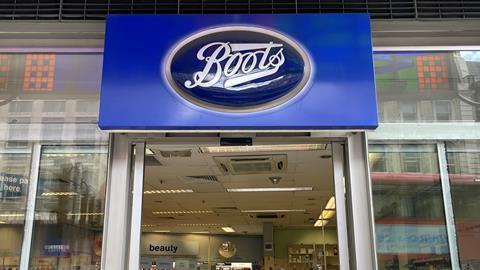
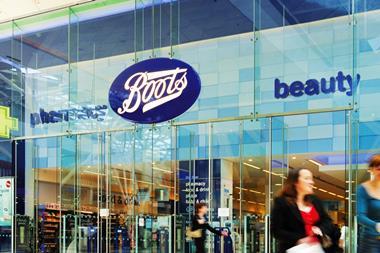



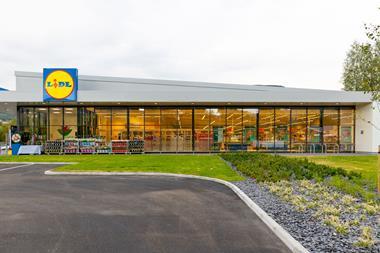
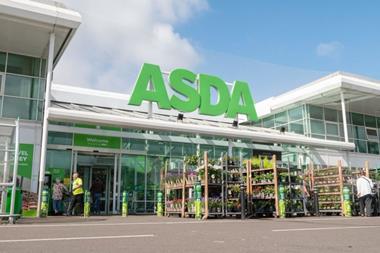
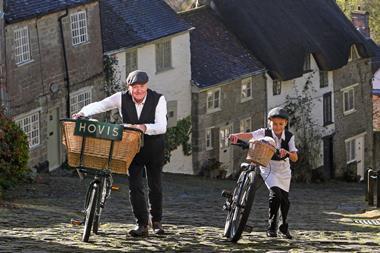





No comments yet